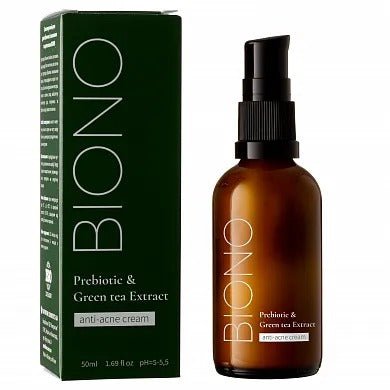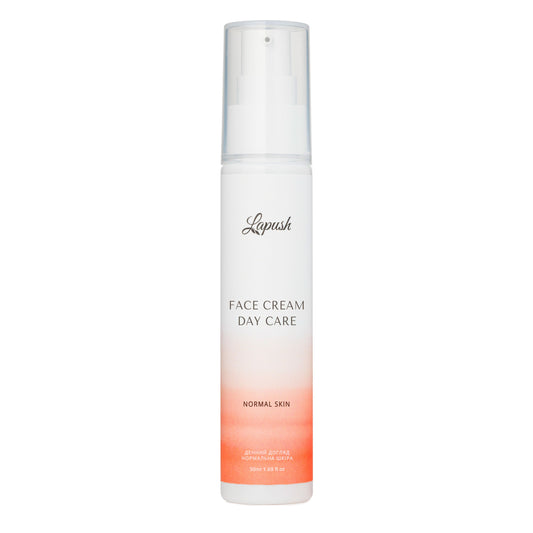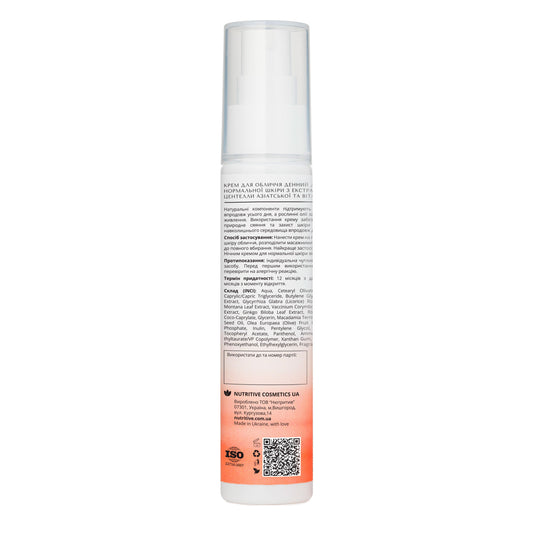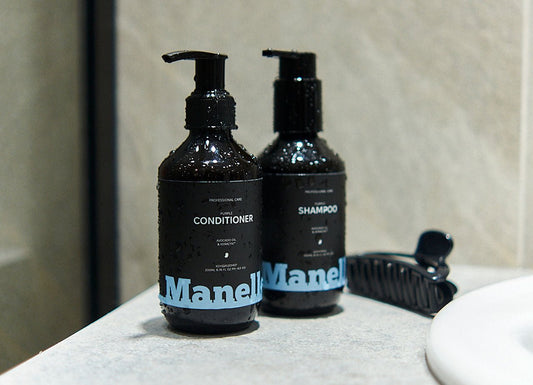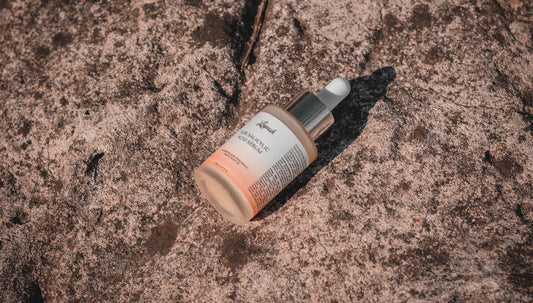
Retinol cream: How to choose the right product for your skin?
Retinol is one of the most popular ingredients in modern skincare products due to its ability to fight signs of aging, reduce wrinkles, improve skin texture, and fight acne. It belongs to the vitamin A family, which stimulates cell turnover and promotes collagen production. Choosing a retinol cream can be an important step for those looking to rejuvenate their skin and improve its overall condition.
However, retinol is an active ingredient, and its correct use is of great importance. Depending on the concentration, retinol creams can be more or less aggressive. It is important to understand which product is right for your skin, taking into account its sensitivity and needs. It is also necessary to follow the rules for using retinoids to avoid possible irritation.
Retinol Cream: A Powerful Ingredient for Skin Rejuvenation
Retinol creams have gained popularity due to their ability to fight signs of aging, improve skin texture, and reduce pigmentation. Retinol, or vitamin A, actively stimulates cell regeneration processes, which helps skin look younger, fresher, and healthier. Using a retinol cream is an effective way to rejuvenate the skin, reduce the appearance of fine lines, and improve overall skin tone.
However, retinol is a powerful ingredient, so it’s important to choose the right retinol cream for your skin type. Retinol creams can have different concentrations of the active ingredient, which affects their effectiveness and possible aggressiveness. For sensitive skin, it’s recommended to start with products with a low retinol content to avoid irritation. Meanwhile, for mature skin or those who want to see results quickly, a higher retinol concentration will be ideal.
Regular use of retinol creams can significantly improve skin texture, reduce pores, eliminate acne and other imperfections. Retinol creams help increase collagen production, which makes the skin more elastic and resilient. It is important to remember that retinol can make the skin more sensitive to the sun, so it is recommended to use it in the evening, and in the morning do not forget about sunscreen.

Retinol Cream: How to Choose the Right Product
Retinol creams are powerful skincare products that help fight signs of aging like wrinkles, pigmentation, and loss of elasticity. They stimulate skin regeneration, improving skin texture and tone, but to achieve maximum results, it's important to choose the right retinol cream based on your skin's needs.
Choosing a retinol cream depends on your skin type and concerns. If you're new to retinol or have sensitive skin, it's best to start with a cream with a low retinol concentration, such as 1%. This product is gentler on the skin, reducing the risk of irritation. However, for those who are experienced with retinoids or want to see faster results, you can choose a cream with a higher retinol concentration, such as 3%.
Particular attention should be paid to other components of the cream. For oily skin, retinol helps fight acne, reduces inflammation and cleanses pores. At the same time, for dry skin, it is important to choose retinol creams that contain moisturizing ingredients, such as hyaluronic acid or oils, to reduce the risk of overdrying and peeling. A carefully selected cream will help improve the condition of the skin without causing additional problems.
How to choose a retinol cream for your skin type?
Choosing a retinol cream is crucial to achieving the desired effect. Since retinol is a powerful active ingredient, using it correctly can significantly improve the condition of your skin, but it will work differently for each skin type. Therefore, it is important to choose a retinol cream according to your individual needs and skin type.
For sensitive skin
If your skin is sensitive or prone to allergic reactions, you should choose creams with a low concentration of retinol, such as 1%. Such creams have a gentler effect on the skin, reducing the risk of irritation. In addition, for sensitive skin, it is important to choose products that contain soothing ingredients, such as aloe vera or panthenol, which help reduce possible reactions to retinol.
For dry skin
Dry skin needs extra care and hydration. If you’re using a retinol cream, choose one that has additional moisturizing ingredients like hyaluronic acid or oils (like jojoba or shea butter). This will help reduce potential irritation and maintain moisture levels in your skin, preventing it from drying out.
For oily or combination skin
Retinol creams will be beneficial for oily and combination skin, as retinol helps fight excess sebum production and inflammation, which can lead to acne and blackheads. Such creams also cleanse pores and reduce the appearance of skin imperfections. It is important to choose products that have a line of action specifically aimed at fighting acne and reducing inflammation.
For mature skin
Creams with 3% or higher retinol may be optimal for mature skin that needs more intense repair. Higher concentrations of retinol will help reduce deep wrinkles, improve skin elasticity, and stimulate collagen production, which is essential for maintaining firmness and a youthful appearance.
Tips for using retinol creams
Retinol creams are some of the most effective ways to improve skin condition. They actively fight signs of aging such as wrinkles, fine lines, and hyperpigmentation by stimulating cell renewal processes. However, retinol is a powerful ingredient that requires caution when using, as it can make the skin more sensitive and cause irritation if used incorrectly.
To get the most out of your retinol cream and avoid side effects, it's important to follow a proper usage regimen. This includes not only choosing the right retinol concentration, but also when to use it and how to combine it with other skincare products. It's important to remember that using retinol requires discipline, so every step counts.
Proper use of retinol cream will not only rejuvenate your skin, but also maintain its healthy appearance for a long time. To do this, you need to carefully monitor your skin's reaction and gradually integrate the cream into your daily care, taking into account all the recommendations. Here are some tips that will help you get maximum results.
1. Use a retinol cream in the evening
Retinol can increase skin sensitivity to UV rays, so it's important to only use it at night. This ingredient works most effectively at night while you sleep, stimulating skin cell renewal without exposure to sunlight.
2. Start with a 1% retinol cream
If you’re new to using retinol creams, it’s a good idea to choose a product with a low retinol concentration — like 1%. This will allow your skin to gradually get used to the active ingredient and reduce the risk of irritation. Once your skin adapts, you can increase the concentration for faster results.
3. Be sure to apply sunscreen during the day
When using retinol creams, your skin becomes more vulnerable to the sun. So, the morning after using retinol creams, don’t forget to apply a high SPF sunscreen. This will protect your skin from the harmful effects of UV rays, reducing the risk of pigmentation and premature aging.
4. Leave enough time for adaptation
Your skin needs time to adjust to retinol, so start by using a retinol cream 2-3 times a week, gradually increasing the frequency as your skin adjusts. This will allow you to get the most out of your cream without irritation or dryness.
Benefits of using retinol creams
Retinol creams are some of the most powerful and effective in combating the signs of skin aging. Retinol, or vitamin A, is an indispensable active ingredient in many cosmetic products due to its ability to stimulate skin regeneration and cell renewal. Here are some of the main benefits you can get from using retinol creams.
1. Reducing wrinkles and other signs of aging
One of the main benefits of retinol is its ability to reduce wrinkles and fine lines. Retinol stimulates the production of collagen, which is the main protein responsible for skin firmness and elasticity. This results in younger-looking skin, less visible wrinkles, and firmer skin.
2. Improving skin texture and tone
Retinol actively promotes skin cell renewal, which helps to even out skin texture and make it smoother. This is especially important for people with uneven skin tone, pigmentation or acne scars. Regular use of a retinol cream helps improve the overall appearance of the skin, making it healthy and radiant.
3. Reduce pigmentation and acne
Retinol effectively fights hyperpigmentation and post-acne, helping to reduce dark spots on the skin. It also normalizes sebum production and unclogs pores, making it a great tool for fighting acne and other skin imperfections. As a result, the skin becomes clearer and more even.
Thanks to its unique properties, retinol is a true ally in skin care, giving it a younger, fresher look and fighting age-related changes.

Retinol Cream: How to Choose and What Are the Differences Between 1% and 3% Retinol Creams
Retinol is a powerful ingredient that has gained popularity due to its effective anti-aging properties. It helps reduce wrinkles, improves skin texture, makes it more elastic and fresh. However, choosing the right retinol cream depends on several factors, including skin type, sensitivity and desired results. It is important to choose a product with the right concentration of retinol, as this determines its effectiveness and potential aggressiveness.
Retinol creams come in different concentrations of the active ingredient, and choosing between 1% and 3% depends on your individual needs. 1% retinol creams are suitable for sensitive skin or for beginners who are just getting started with retinoids, while 3% retinol creams are usually recommended for experienced users who want to achieve more pronounced results in a shorter period of time.
Retinol Cream 1%: For delicate skin
Retinol 1% cream is an ideal choice for those who are new to retinoids or have sensitive skin. The low concentration of retinol helps the skin gradually adapt to this active ingredient, minimizing the chance of irritation. Retinol 1% cream is suitable for beginners because it is less aggressive and allows the skin to get used to the effects of retinoids without serious side effects.
It is usually recommended to use this cream 2-3 times a week to give your skin time to adapt. Creams with 1% retinol improve the overall condition of your skin, smooth fine lines, reduce pores, and even out skin tone. Due to the moderate concentration of retinol, creams with 1% retinol are less aggressive, but with regular use they are effective in reducing the signs of aging and improving the appearance of your skin.
Retinol Cream 3%: Increased concentration for deep changes
Retinol 3% cream has a higher concentration of retinol, making it more powerful and faster in fighting wrinkles and other age-related skin changes. Such creams are recommended for experienced users who are already accustomed to retinoids and want to achieve faster and more noticeable results. Retinol 3% cream fights deeper wrinkles and age-related changes more actively, helps improve skin texture and reduce hyperpigmentation.
Using 3% retinol cream can cause redness, dryness, or peeling, so it’s important to use it with caution. It’s recommended to start with less frequent use to give your skin time to adjust. 3% retinol creams also help promote cell turnover, which makes your skin look fresher and healthier. For those looking to achieve quick results in the fight against skin aging, 3% retinol cream is a powerful tool. However, it’s worth remembering that such a high concentration may be too strong for sensitive skin.
Conclusion: Retinol creams are the key to skin rejuvenation
Retinol creams are powerful tools for combating age-related skin changes, including wrinkles, pigmentation, and other imperfections. The choice between a 1% and 3% retinol cream depends on your skin type and individual needs. 1% retinol creams are ideal for sensitive skin or beginners who want to gradually introduce retinoids into their skincare routine, while 3% retinol creams are suitable for experienced users who want faster results.
It is important to understand that retinol is a powerful ingredient, and its effectiveness depends on the correct choice of concentration and application regimen.
Regardless of the concentration you choose, it's important to start with small doses to give your skin time to adapt and avoid possible irritation. Retinol creams can help significantly improve skin texture, reduce wrinkles, and provide a fresh look, but you need to remember to be careful and use them wisely.
As a result of regular use of retinol creams, the skin will become more elastic, healthy and youthful. If you are just starting to use retinoids, choosing a 1% retinol cream will be the safest option, while for more intense results, a 3% retinol cream will be effective in combating deep wrinkles and age-related changes. Choosing the right cream and following the recommendations for its use will allow you to achieve the best results without harming your skin.



